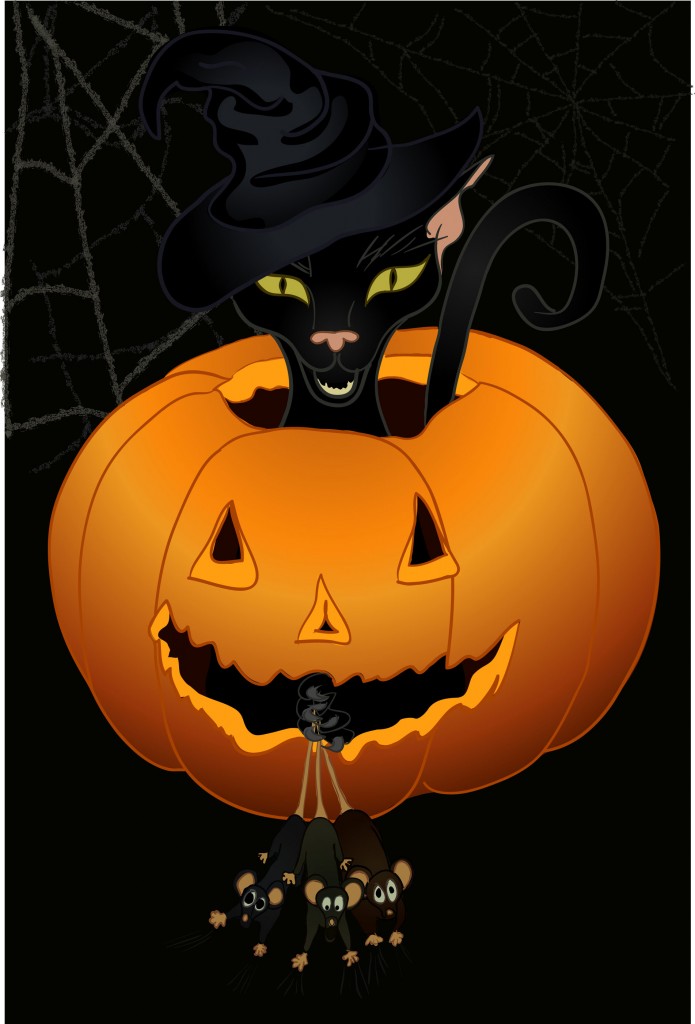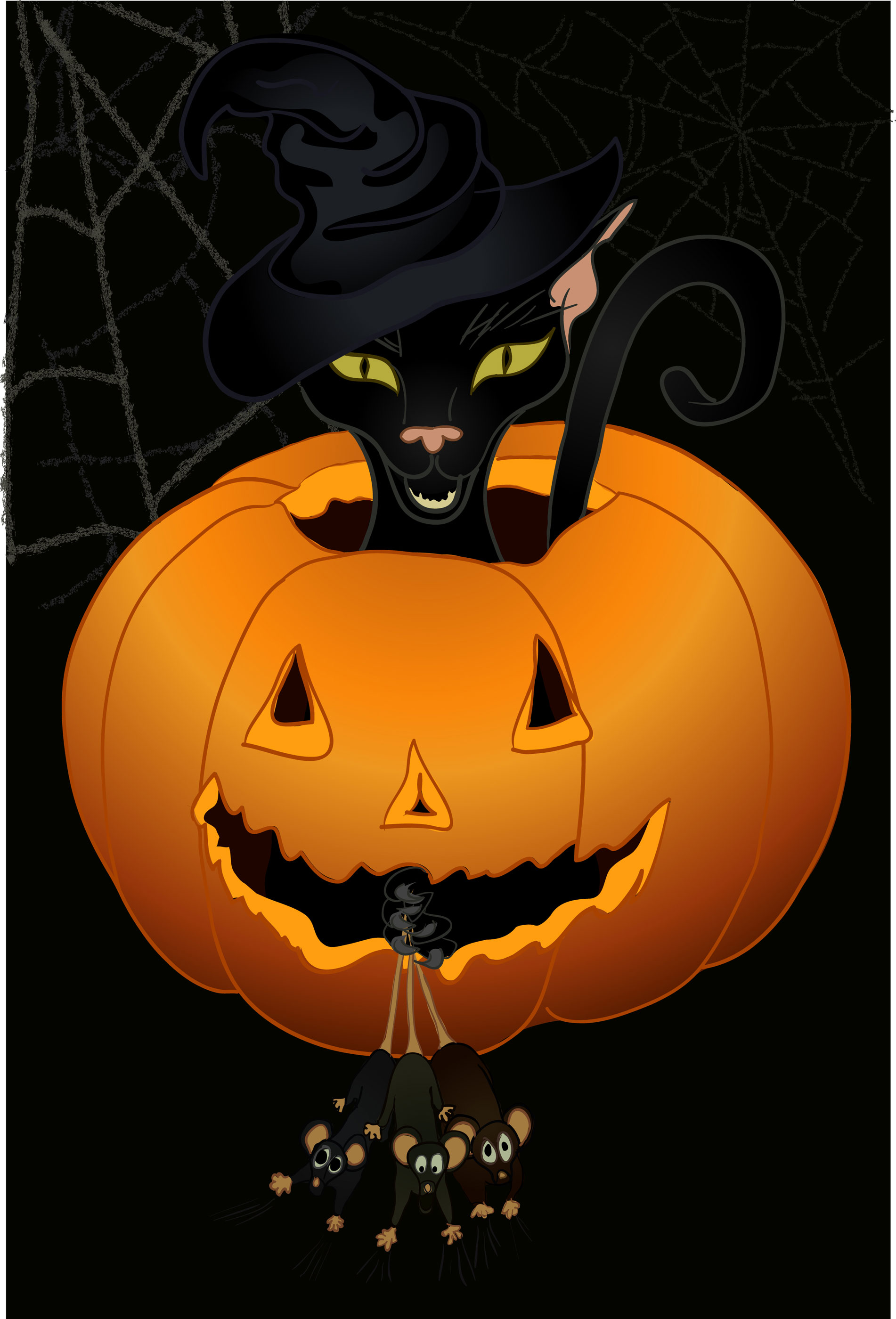Happy Halloween. ‘tis the season for Ghosts and Goblins and since we have already spoken about bats…let’s chat about Rats , the wonderful rodents that love to call your residence or commercial property, home. As fall is in full swing and temperatures are beginning to fall, here come the rats. We are going to focus on the Norway Rat. First introduced into the US in approximately 1775, the Norway rat has also been called the brown rat, barn rat, sewer rat, gray rat or wharf rat and is slightly larger then the roof rat.
Norway rats are primarily nocturnal. They usually become active about dusk, when they emerge seeking food and water. The Norway rat typically weighs less then a 1lb and is 12” to 18” long, from the nose to the tip of the tail. Norway rats are opportunists, preferring fresh food to garbage, but they’ll make do with what’s available. They prefer cereal grains and high-protein foods such as meats (sandwich meats, insects, mice, bird eggs, young birds), fish, nuts, insects, and pet food, and garbage. They’ll eat some fruits (especially dried fruit), cheese, peanut butter, birdseed, potatoes, and vegetables, bacon, butter and lard, compost, and manure. They’ll even eat paraffin wax, leather products, and the feces of dogs, cats, or horses. For more information about Norway Rats please visit this month’s newsletter.
Do you think you might have rats? Some common signs that rats are present include; sounds; squeaking, scuttling, scratching, or gnawing inside the walls, ceilings, or between floors of buildings. Rats preferred habitat is multi story buildings. Their scat is 1/2–3/4″ long with blunt ends. You will typically see their scat in kitchen cabinets, drawers, and corners; on counters, under sinks, behind appliances, near food, and in cellars, attics, along walls in barns, warehouses, and feed storage areas. A rat’s urine smells musty and you can sometimes smell their presence. Rats will use the same route over and over again. Eventually, a faint, dark “trail” of body oil and dirt may be noticeable on baseboards and along walls, on beams, rafters, and pipes.
If rats are nesting in your residence or commercial property, you will most likely find them in basements and the lower floors of a building, in crawl spaces, storage rooms, under floors, pallets, junk, and boards, or behind stored items. An interesting statistic, for every rat you see at night there are 10 more hiding…and if you are seeing them during the day and night, you have a serious rat infestation. Rats can cause extensive damage to building and household good as they seek food, shelter and water. They’ll gnaw on siding, woodwork, sheet metal, sheetrock, insulation, plastic food containers, papers, packaged good, clothing, mattresses, furniture and even lead or copper pipes. Their nest material may block a vent, creating a fire hazard. They may also chew on wires, which in addition to creating a fire hazard could also short circuit electrical systems, causing alarm systems and refrigerators to fail. On a final note, rats carry diseases, and when they are nibbling on your food or your surroundings they leave behind the potential for leptospirosis, trichinosis, salmonellosis and rat bite fever.
If you are experiencing a rat infestation, please give Wildlife Busters, aka Rat Busters a call toll free at 1-855-945-1212. And keep in mind the best way to prevent rats from calling your residence or commercial property home is Wildlife Exclusion. It’s truly the best way to humanely avoid unwanted wildlife encounters. Most people pay their exterminator/pest control company a quarterly fee to ensure that no pests get in. In wildlife management, if done properly the first time, you make a one-time investment in your residential or commercial property and adhere to the habitat modification recommendations and the animal removal issue is resolved. Please contact us at our toll free number 855-945-1212 if you are interested in pursuing any of our wildlife exclusion and prevention programs.
HALLOWEEN SPECIAL THE WEEK OF OCTOBER 31 ALL WILDLIFE EXCLUSION SERVICES PRESENT A COPY OF THIS BLOG AND RECEIVE A 10% DISCOUNT.
“Again, you can’t connect the dots looking forward; you can only connect them looking backwards. So you have to trust that the dots will somehow connect in your future. You have to trust in something — your gut, destiny, life, karma, whatever. This approach has never let me down, and it has made all the difference in my life.”
Steve Jobs



 Receive FREE wildlife Tips!
Receive FREE wildlife Tips!
